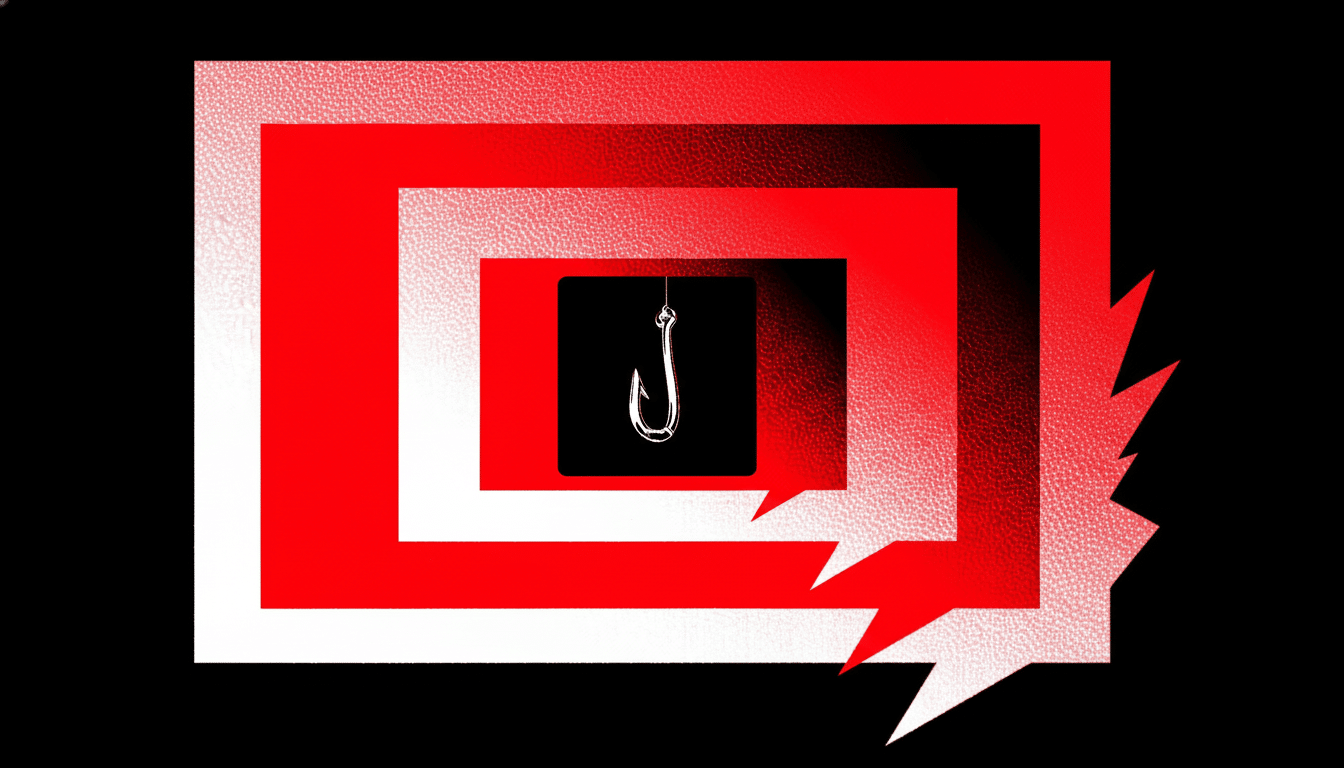The civil lawsuit Google has filed is an effort to take apart Lighthouse, the “phishing-as-a-service” operation it alleges powers the flood of text message scams that impersonate delivery companies, banks and tech brands. To date, campaigns powered by Lighthouse have reached more than a million people worldwide to perpetrate scams like the “stuck package” texts that make their way onto our devices and prompt us to click — tricking us into surrendering sensitive information.
Why Google Is Suing Lighthouse’s Phishing Network
The complaint, filed in a New York federal court, names dozens of people Google claims developed and peddled a turnkey toolkit for smishing — text messages that trick victims into giving up personal information such as passwords — with pre-made templates, hosting and distribution. Google says Lighthouse impersonates over 400 organizations, and at least 116 templates contravene Google or subsidiary branding to obtain logins, payment details and other personal information.

With a court case, Google is pursuing injunctions that could require U.S. infrastructure providers (such as domain registrars, hosting companies, email and messaging services, and payment intermediaries) to disconnect Lighthouse from essential services. And though the defendants are thought to live outside of the U.S., such civil actions can chip away at the business model by making it more difficult to register domains, handle payments or advertise on mainstream platforms.
Inside a Phishing Factory Powering Smishing Scams
Lighthouse is described as a multi-tiered ecosystem: Data brokers scrape lists of targets, spammers pound out millions of texts and thugs monetize the illicit data by draining bank accounts or reselling access. According to the service’s description, it may have hundreds of templates that imitate actual notifications — a delivery reschedule, bank alerts, password reset — and localized versions optimized for different countries and languages.
Today’s phishing kits serve up more than a fake login page. They can rotate domain and IPs away from being blocked, silently chain through URL shorteners, and even proxy logins live to pick up session tokens. Security agencies like the F.B.I.’s Internet Crime Complaint Center and the European Union Agency for Cybersecurity have cautioned that some kits contain modules to eavesdrop on one-time passcodes, upping the stakes for victims who use multifactor authentication.
Google’s filing also references public marketing of Lighthouse on messaging platforms such as Telegram, which is ubiquitous among cybercrime vendors. Listing those accounts in a court filing provides Google legal standing to request that platforms suspend or restrict the reach of Lighthouse-affiliated operators.
Jurisdiction Limits and Platform Pressure
And even if the accused operators are beyond immediate U.S. reach, a civil case can still cause operational pain. Courts often issue orders requiring intermediaries to seize domains, preserve evidence and prevent certain actors from registering in the future. In previous activity against botnets and malware vendors, Google has used such orders to disable infrastructure in order to cut its adversaries off from visibility (meaning analytics) and cash.
This strategy fits into a larger industry playbook: Litigate over and over to knock out chokepoints. Payment processors assume compliance risk if they knowingly do business with illicit companies; registrars can suspend domains involved in fraud; communications platforms can take down channels that openly advertise illegal services. It is not only to achieve a judgment but also to drive up Lighthouse’s costs and limit its reach.

Smishing Is the Top-of-Funnel Threat Facing Users
Phishing is the most commonly reported cybercrime category in the FBI’s annual IC3 reports, and text messaging is increasingly becoming a preferred delivery vector as email defenses get better. Watchdogs and regulators such as the F.C.C. have raised alarms about a spike in robotext complaints, with delivery-themed lures among the most prevalent hooks. That jibes with data from telecom companies that spike in SMS campaigns around holidays and shopping seasons, which is just when delivery notifications seem most plausible.
Enterprises face a risk beyond consumer fraud, as well. Pilfered personal accounts serve as jumping-off points for business email compromise, ad fraud and account takeovers at cloud services. An attacker who compromises just one mobile session has the potential to discover synced passwords, app tokens and sensitive notifications.
What Users and Companies Can Do Now to Reduce Risk
Unsolicited delivery or payment text messages should exist in the default class of suspicious for consumers. Don’t tap links in messages — instead, go directly to the shipper’s or bank’s official app or site. Turn on multifactor authentication with an authenticator app or hardware key instead of SMS codes where available, and take advantage of your phone’s spam reporting tools to help carriers filter future waves.
Enterprises can dull these kits by implementing phishing-resistant authentication, rolling out mobile threat defenses and watching for brand impersonation domains. Quick takedown workflows, coordinated across registrars, hosting providers and leading messaging platforms, are essential. “Realistic SMS scenarios shared during security training fill a gap that many email-focused programs miss.”
The Bottom Line on Google’s Lawsuit Against Lighthouse
Google’s lawsuit may not pull overseas operators into a U.S. courtroom, but it can still break Lighthouse’s supply chain and render smishing at scale more difficult and expensive.
As phishing-as-a-service grows into a global industry, pressure on infrastructure and platform chokepoints — supported by court orders — is one of the few levers with real-world effect.

